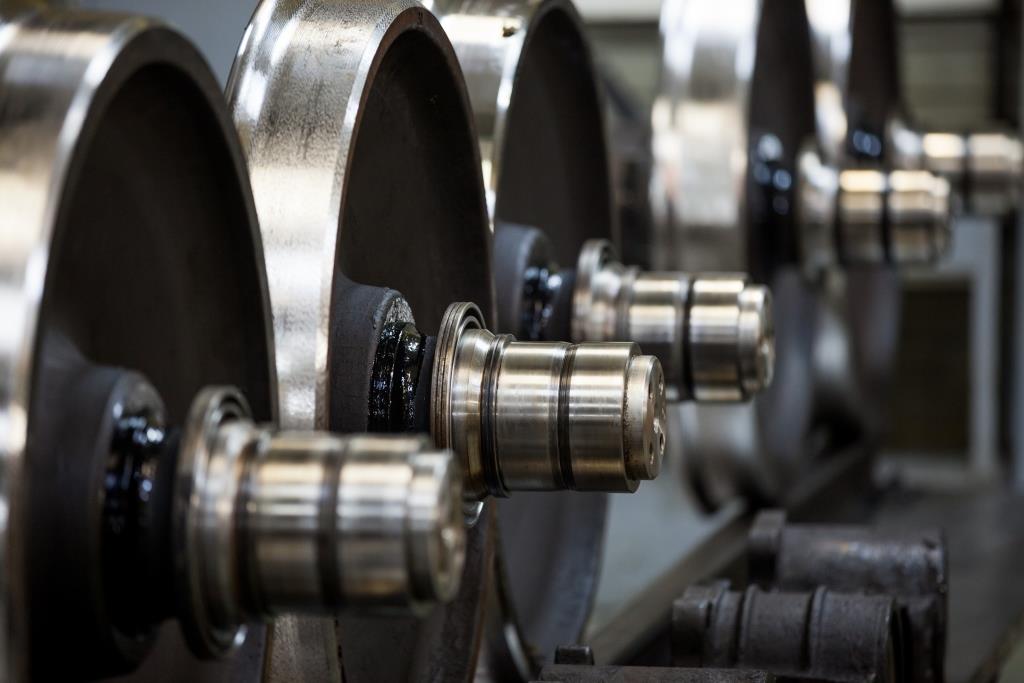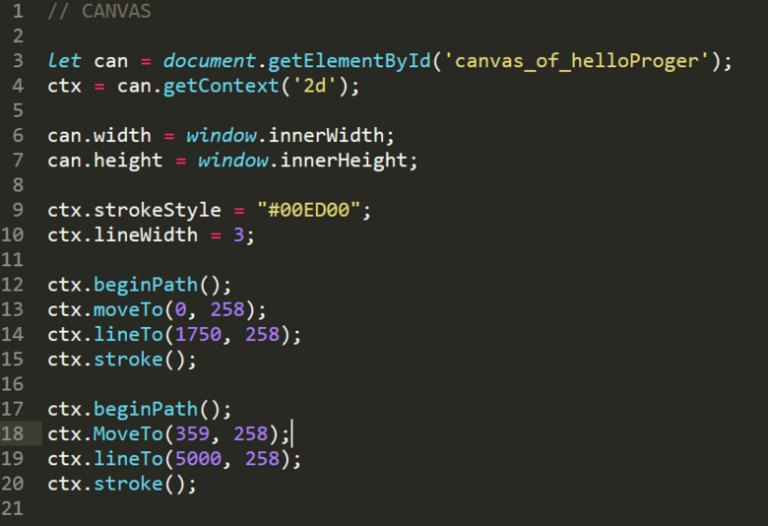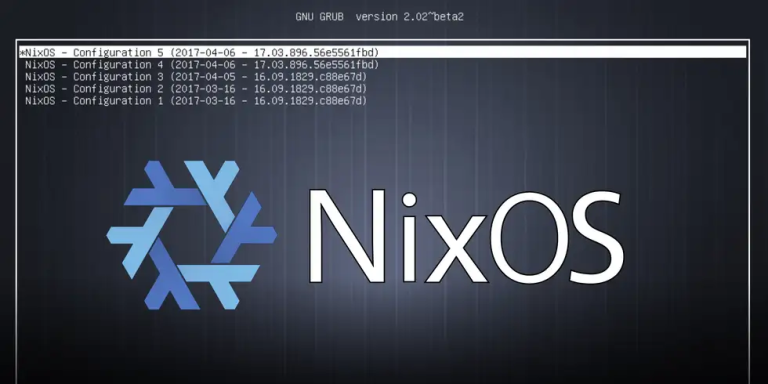How Digitizing Parts Lifecycle Helps Reduce Production Costs
Everyone says that digitalization helps companies reduce costs and improve business management efficiency. We will talk about a specific case of how the digitization of even one stage of the life cycle of parts can reduce costs using the example of the railway industry. Namely, how a car repair enterprise can save 7 million rubles a year, reduce the inventory time from two weeks to one day, and minimize errors during repairs.

Digitalization of railway transport
Over the past few years, the railway industry, which has always been considered one of the most traditional, following other sectors of the economy, has turned its vector towards the use of new technologies. At the moment, there are several main areas of digitalization for the railway industry.
-
One of the main challenges for many companies has become paperwork reduction, which historically prevails in all business processes of Russian Railways, railway operators, transport companies and manufacturers of railway equipment. But the high degree of bureaucracy and the “regulation” of many paper processes greatly hinders the transition to EDI.
-
The second big challenge is increased control for the tracks and life cycle of rolling stock and partsand predictability of terms of their wear and tear and repair.
-
The third block of tasks – navigation systemswhich will not only track the movement of the rolling stock, but also predict its movement, help manage and visualize its location.

At the same time, there are few integrated digitalization solutions on the market that take into account railway specifics. Products even from related transport industries, for example, the automotive industry, often require serious refinement for railway tasks, which significantly increases the cost of their adaptation and implementation, which is sometimes inappropriate.
As a result, private companies that seek to improve the efficiency of their asset management, the quality of planning and customer service often come to the need to develop their own application solutions. Our company NTS was no exception, which for several years thought about digitizing the process of repairing wheelsets at car repair enterprises (VRP). After researching the market, and not finding available solutions for implementation, we decided to do everything ourselves. This is how our flagship product “Smart Depot” appeared. Further more! Our team has created warehouse management solutions, digital twins, RPA, IIot solutions and much more.
As a result, we have collected a whole portfolio of developments for railway enterprises, relying on our own expertise and extensive practical experience in the industry. As a result, this became the impetus for the creation of our IT company UMNO.digital, which grew from the internal development department of the NefteTransService holding into a separate business unit. But we will talk about this separately.
Smart Depot
So why did we start with solutions specifically for railcar repair companies? This is primarily due to the fact that a lot of unforeseen expenses can arise on the GRP as part of the repair process of parts, caused by the lack of transparency in the repair process and the traceability of parts at all stages of its passage.
A number of typical problems arise at the GRP, largely related to the “human factor”:
-
loss of detail
-
confusion with owners of wheelsets and parts
-
delays in repair and shipment of parts to recipients
-
low-quality repair of wheelsets
-
incorrect rejection and scrapping of parts
-
counterfeit and unregulated operations with parts
The answer to solving these problems was the development of “Smart Depot”, which provides control and transparency of the entire cycle of repair of wheelsets..

How it works?
-
Upon receipt at the VRP, each wheel pair and numbered parts are marked by the foreman with an RFID tag and the number of the wheel pair or part is tied to it.
-
The mark remains on the part when moving along the entire technological chain within the framework of the GRP.
-
The master enters the data of each production step into the mobile application, or they are collected automatically from the supported equipment.
-
Then the data is sent to the server and transferred, if necessary, to 1C or any other accounting system.
As data collection terminals, shockproof tablets are used, adapted for work at manufacturing enterprises. We are also currently testing machine vision technology for recognizing the numbers and types of wheelset axles.
The result of the system is
-
Obtaining a digital footprint at every stage of the production cycle for each serialized part
-
Tracking the movement of parts on the GRP in real time
-
Instant reconciliation during the inventory and reports on the work of the enterprise for management
-
Reducing the amount of paper work. Automation of entering into logs or reports the results of measuring the geometry of parts.
Such changes significantly speed up repair processes and allow customers to receive rolling stock for transportation faster and in better quality.

Sounds nice, doesn’t it? But how does this ensure a reduction in GRP costs?
Due to digitalization alone, it is difficult to get benefits “in one step”, for example, just take and “speed up” the operation of the depot by 5-10%, thereby increasing profits. After all, to increase the flow, it is necessary to create an appropriate infrastructure for receiving, repairing and storing parts.
Through the transparency of processes, it is possible to figure out how to ensure that each repair operation takes place with maximum effect.
-
How to reduce unnecessary turning of wheel pairs during repairs, thereby increasing its service life.
-
How much more efficient to assemble new wheelsets from existing parts of good quality.
Transparency of operations makes it possible to eliminate the loss of parts, incorrect rejection of parts that are still suitable for operation, check the quality of repairs at each stage, and also eliminate cases of confusion among owners of parts or attempts to steal. All this has a significant effect in saving time for all operations, and also eliminates the occurrence of any unforeseen expenses for the GRP caused by delays, losses or poor-quality repairs.

Let’s give a specific example of how our company in Ryazan can:
-
reduced inventory time from two weeks to a day
-
reduced the discrepancy between the accounting system and real data based on the results of the inventory from 8% to 2%
-
reduced the time for acceptance of wheel sets from 5 to 2 minutes
-
minimized errors in the shipment of wheel sets
-
switched to maintaining key journals (VU-53) in electronic form, if necessary, they can be printed.
Example of average savings for GRP
The introduction of Smart Depot at several railcar repair enterprises has allowed companies to save on average 1 mm of steel per wheel set by increasing digital control over repair operations.
In 2022, the cost of 1 useful mm of steel was about 3,500 rubles.
Therefore, it can be calculated that for a GRP that processes 2,000 wheel sets per year, the savings from using the Smart Depot can be about 7 million rubles.
It is important to clarify that such calculations are approximate, because. usually, until the start of digitalization projects, enterprises do not collect statistics and analytics systematically and use only paper media, which do not make it possible to make a correct comparison in many respects in the “before and after” format.
So, we talked about the effect of digitization of only one wheel set repair process at the GRP, which already gives a tangible result for the enterprise’s economy. But the opportunities for digitalization for GRP do not end there.
For example, we are already successfully testing unmanned systems for accounting for the storage of wheelsets and cast parts in open storage areas. The technology, using a drone equipped with scanning equipment and RFID tags installed on wheelsets and parts, can process more than ten pieces per second.
Also, the introduction, for example, of a laser stand as a measurement tool reduces the cost of repairs due to the accuracy of turning and the elimination of the human factor. Stand 4 uses lasers to measure the geometrical parameters of wagon wheel sets and gives recommendations on the mechanical turning of the wheel, thereby saving the metal layer removed during repair.
We are also testing computer vision technology for brand recognition and predictive models for repair time and wheel set disposal.
Each of these tools individually already gives a noticeable economic effect, and their use in combination complements each other’s action and helps companies significantly reduce costs and improve business management efficiency.




